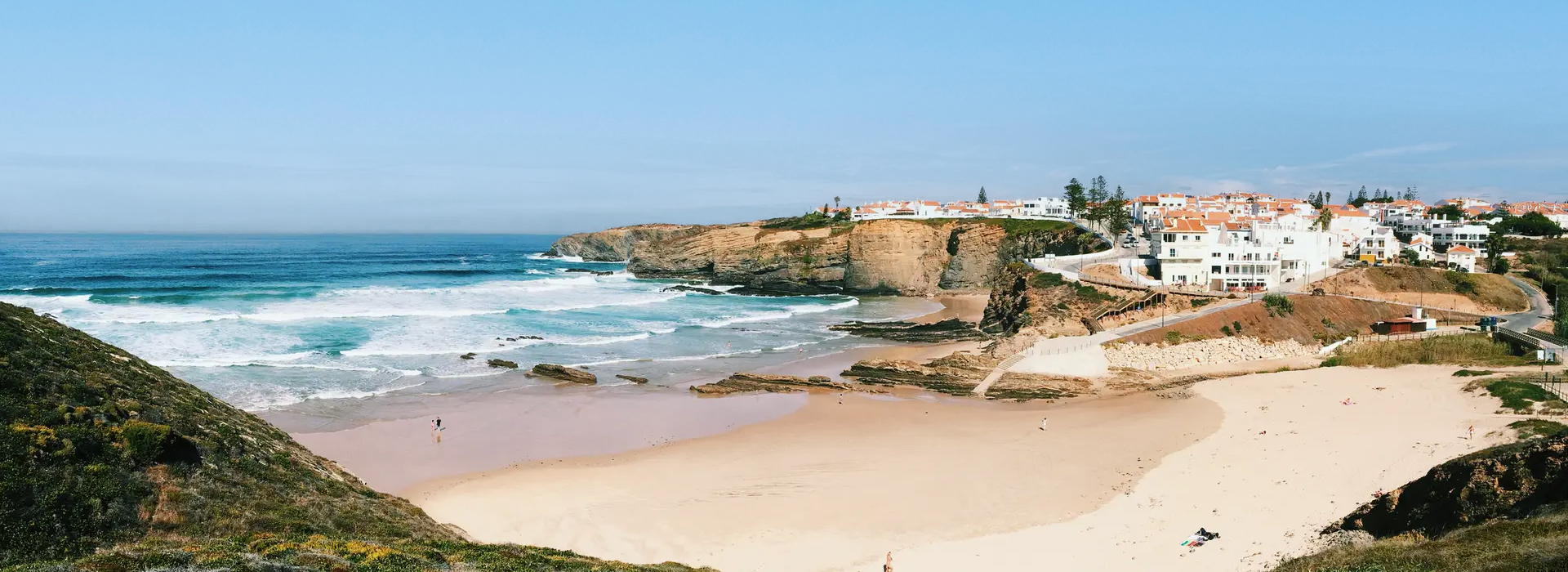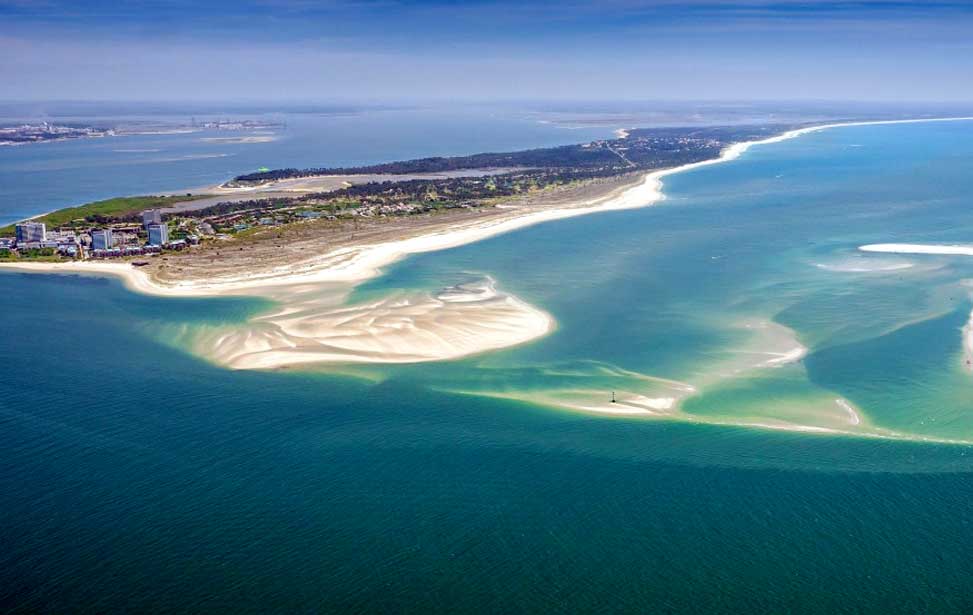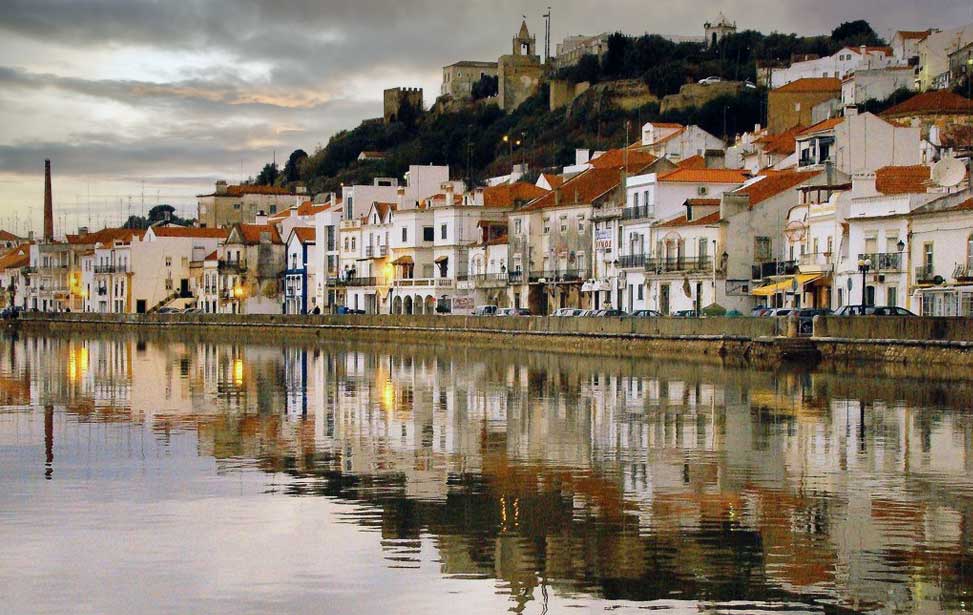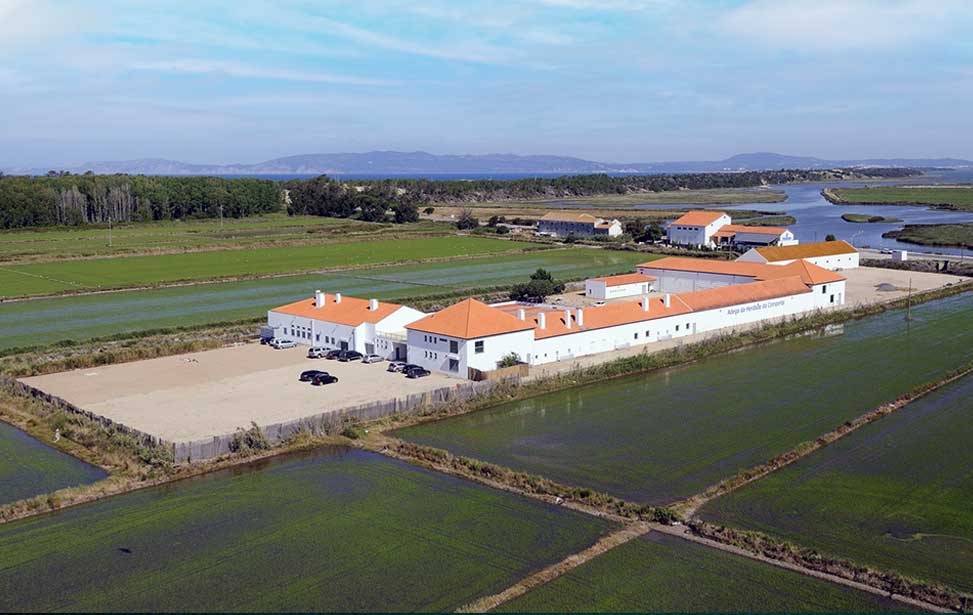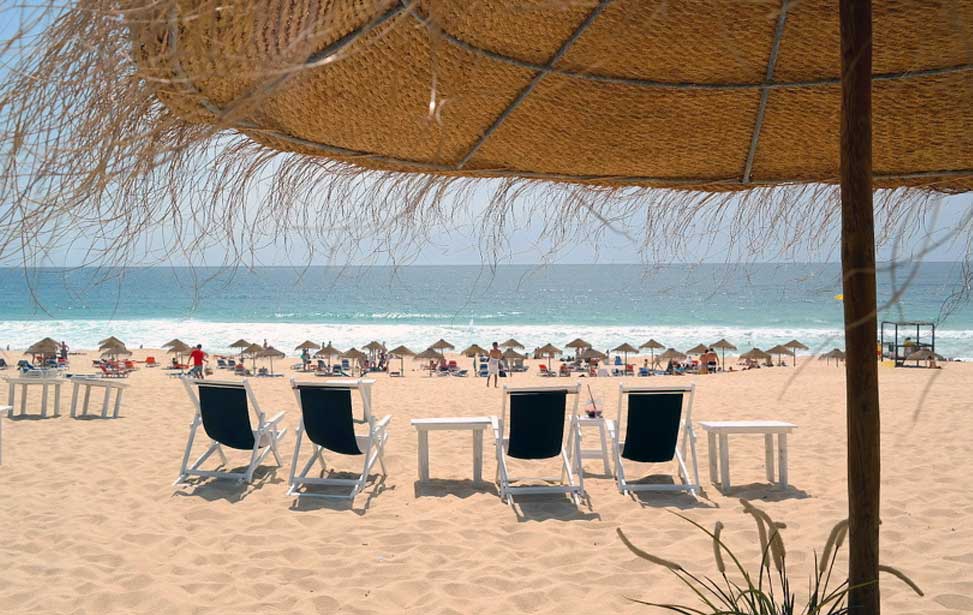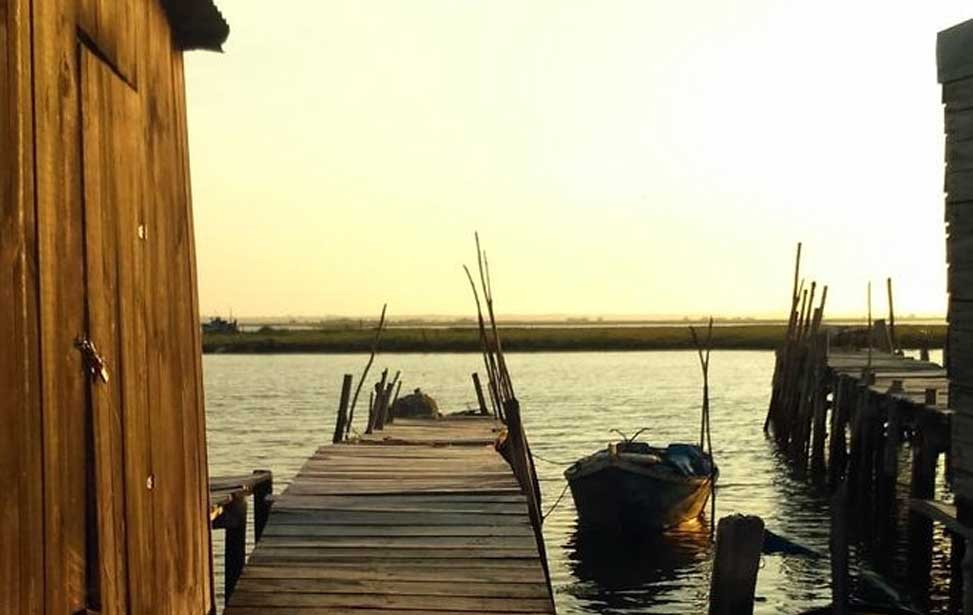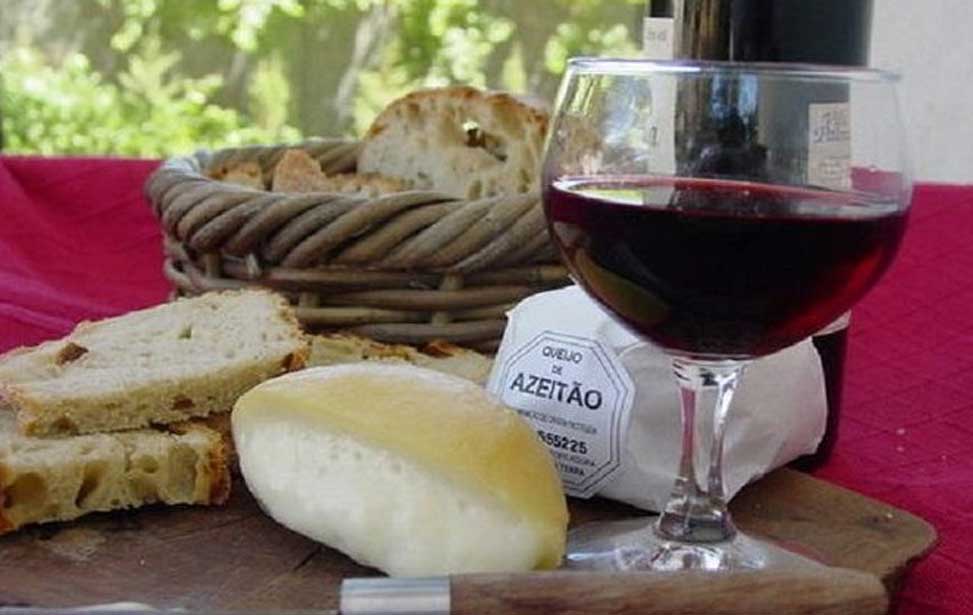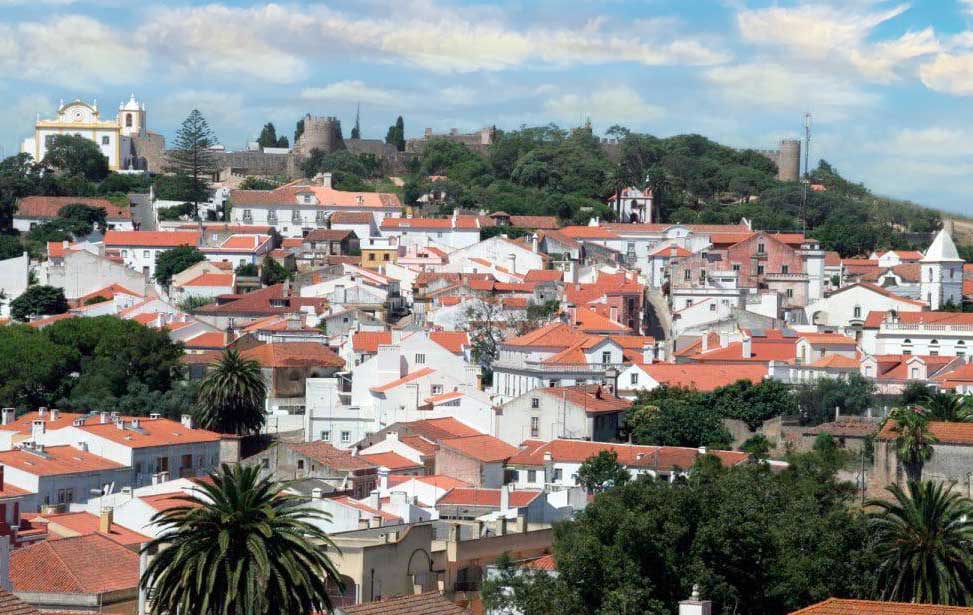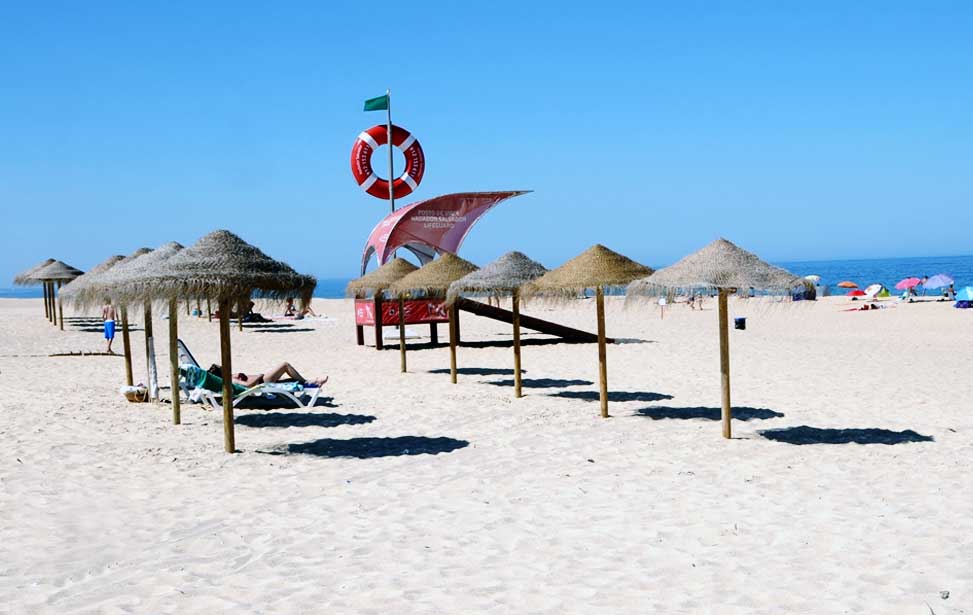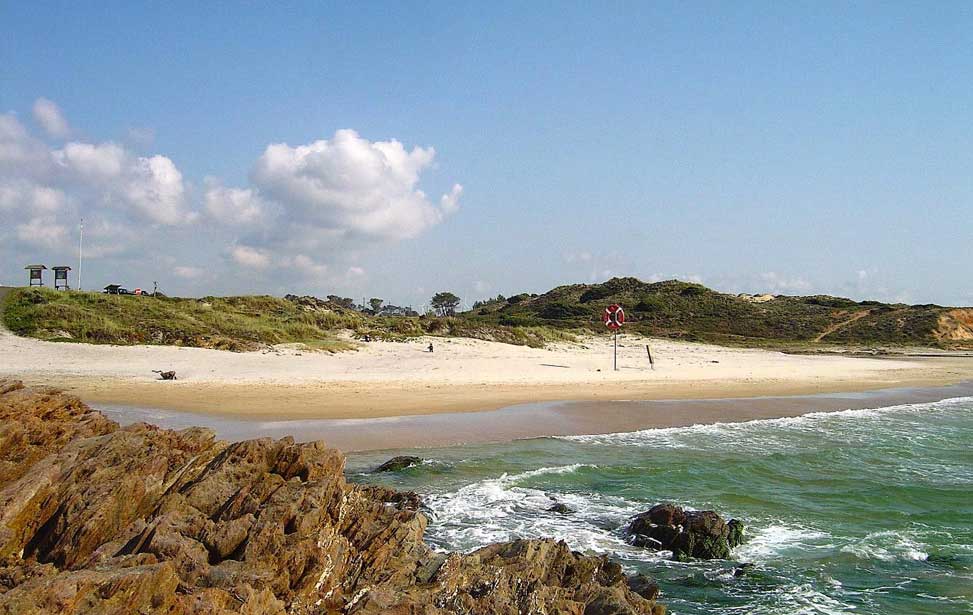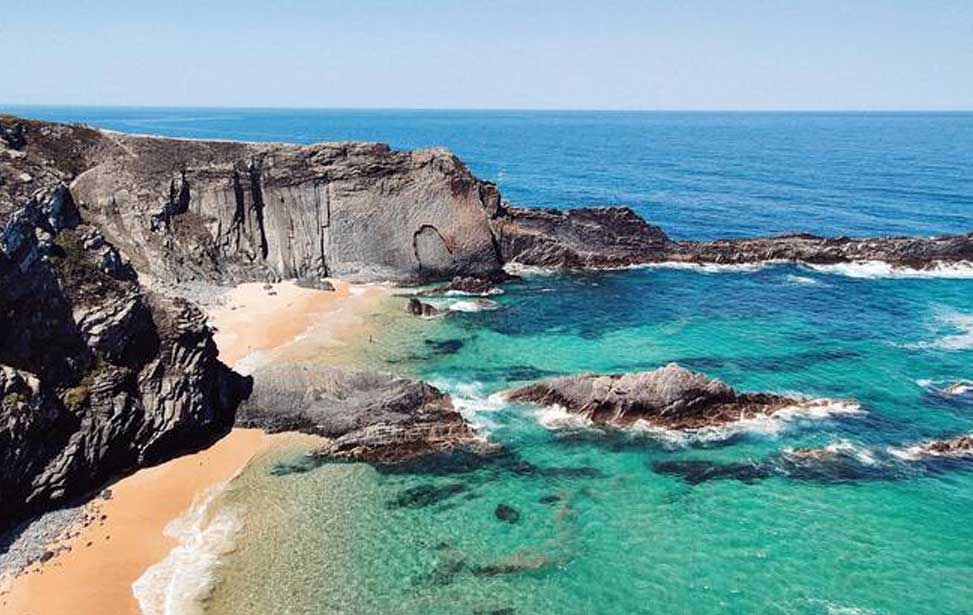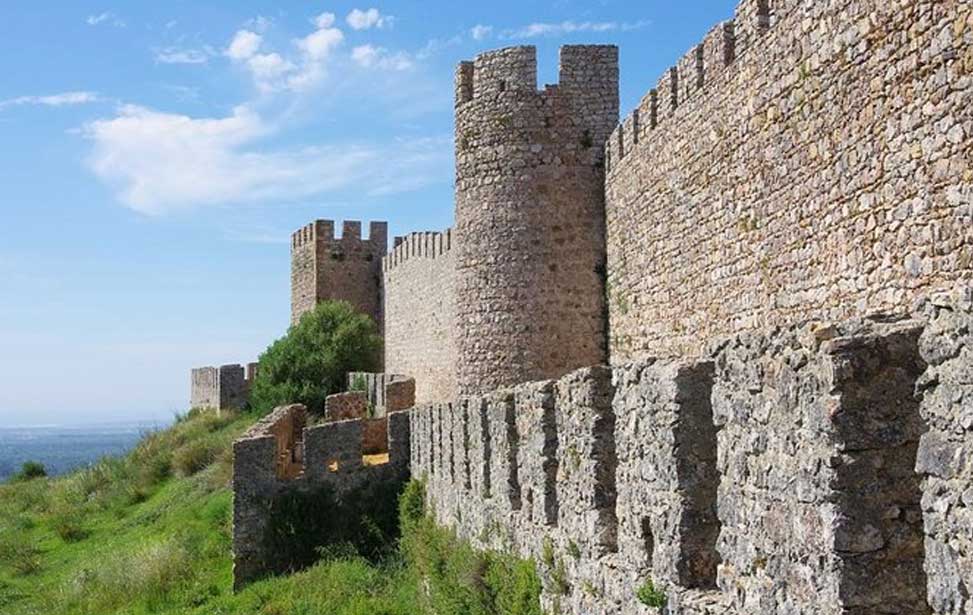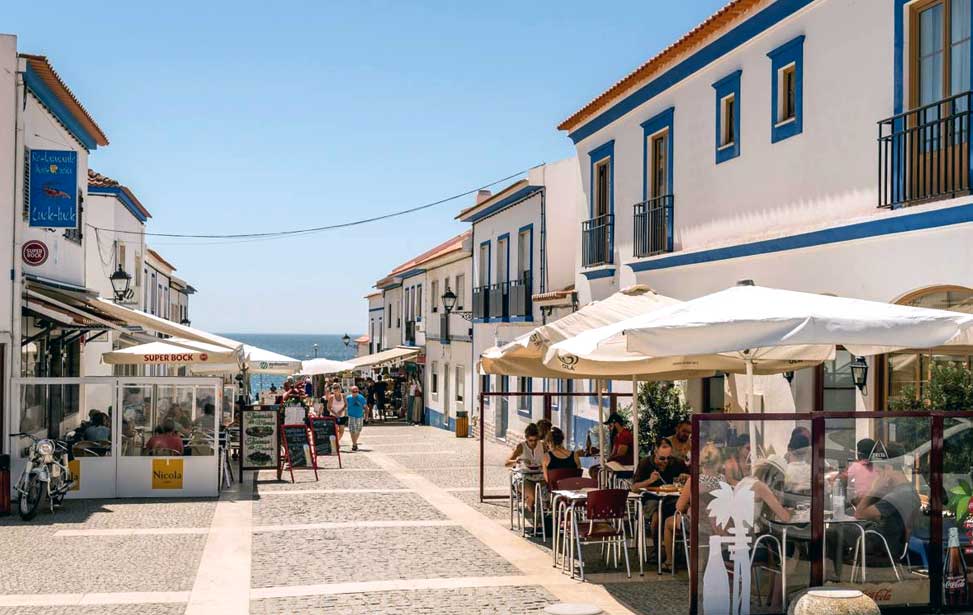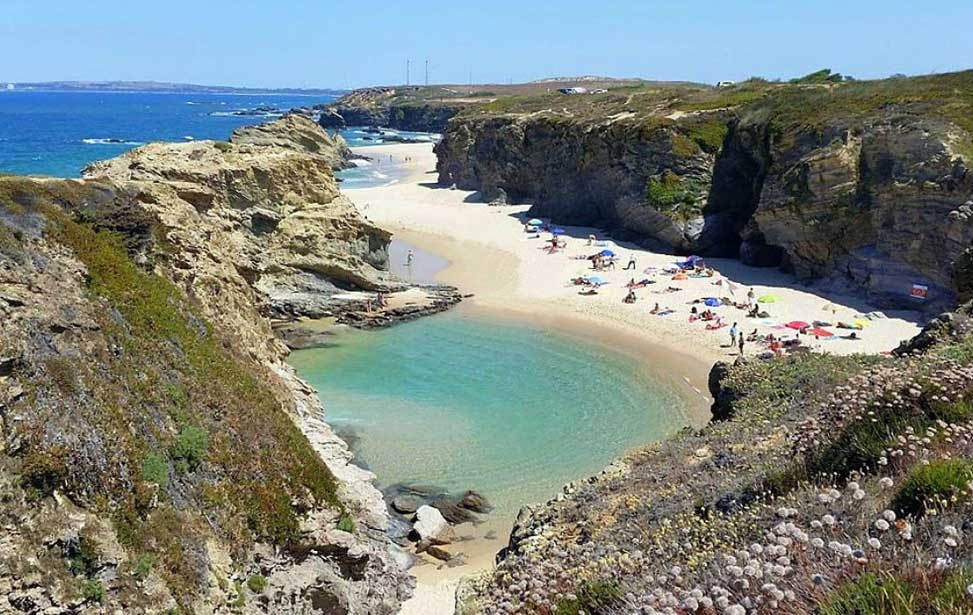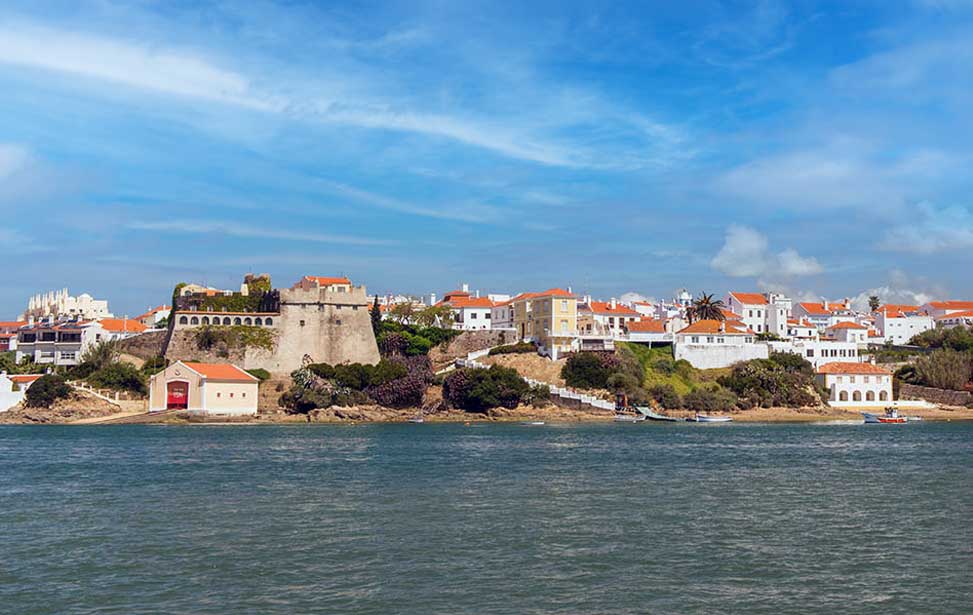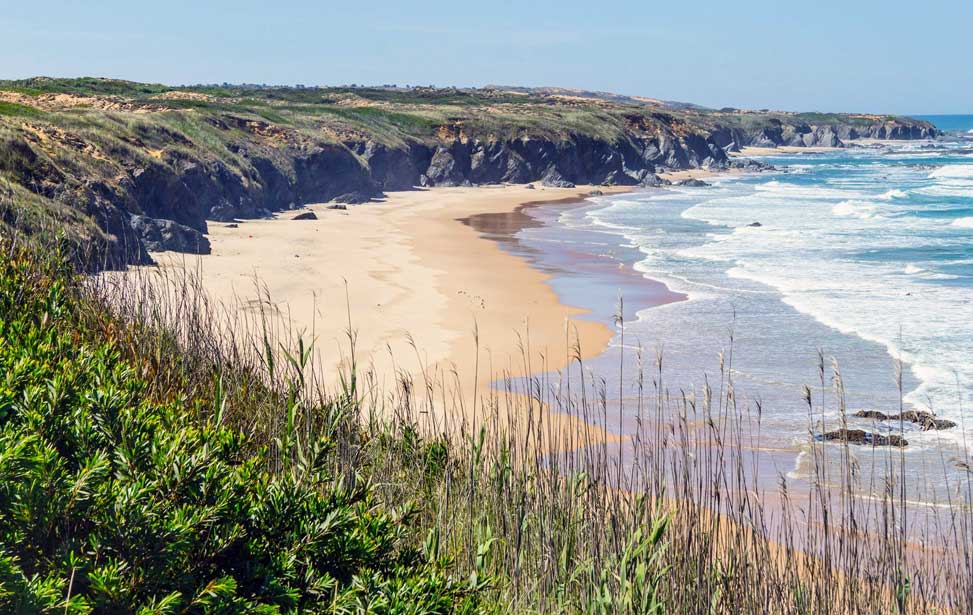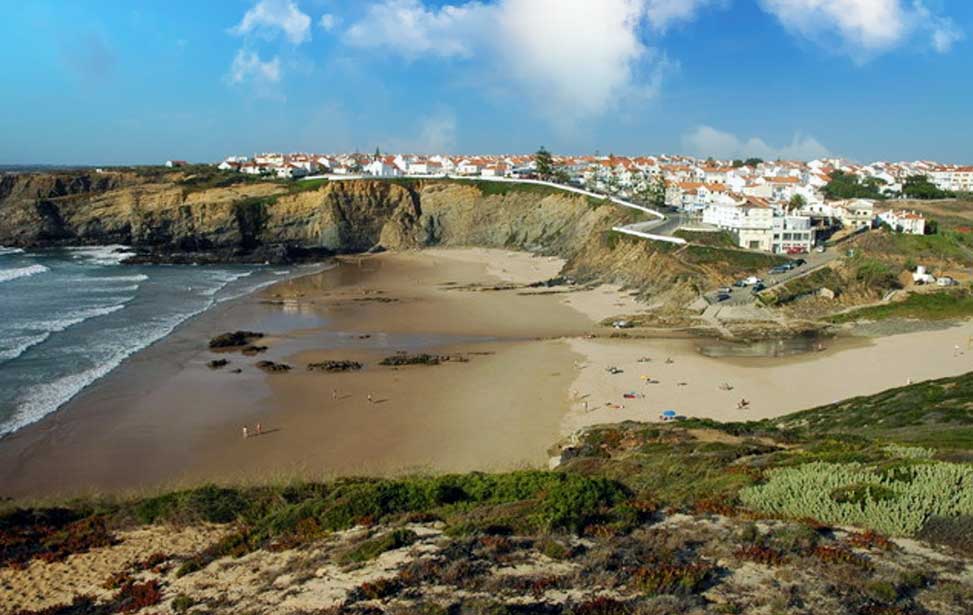LAGOAS DE SANTO ANDRÉ & DA SANCHA
North of Sines there is a large area of tidal marshland, dunes and shallow lagoons known as the Lagoas de Santo André and Sancha Natural Reserve and extends fifteen kilometres (10mi) inland. The largest of the lagoons is the Lagoa de Santo André with an area of 500 hectares.
This diverse landscape consisting of fresh and seawater ecosystems, willow plantations, reed beds, saltmarshes, heathland and wetland pastures is a haven for wildlife. It's believed there are up to 241 species of birds who take advantage of these wetlands, the reserve's emblem is the Eurasian reed warbler. Humans too are attracted to the area in search of activities such as rambling, hiking, canoeing and windsurfing.
38º 06' 05.9" N | 08º 47' 30.2" W | Find a hotel deal in Tróia ►
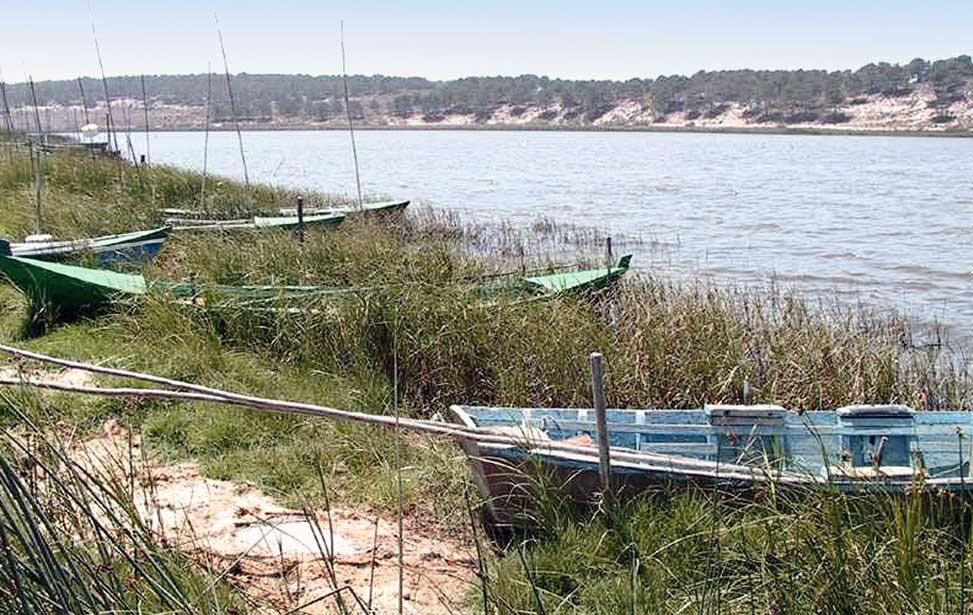
| Lagoa de Santo André
HOW TO GET TO THE ALENTEJO COAST
|
Lisbon airport: Website | Faro airport: Website
|
| |
Driving is the best way to explore the Alentejo Coast. You’ll have the flexibility to stop at hidden beaches, remote fishing villages, or just admire the cork oak forests along the way.
Getting There by Car
From Lisbon, take the A2 motorway, then switch to the IC33 or N120 depending on your destination.
The drive to Comporta takes around 1 hour 30 minutes.
To Vila Nova de Milfontes, it’s about 2 hours 15 minutes.
|
|
Rodoviária do Alentejo run coach services all over the Alentejo and beyond, linking the region to major cities within Central and Southern Portugal: Website |





